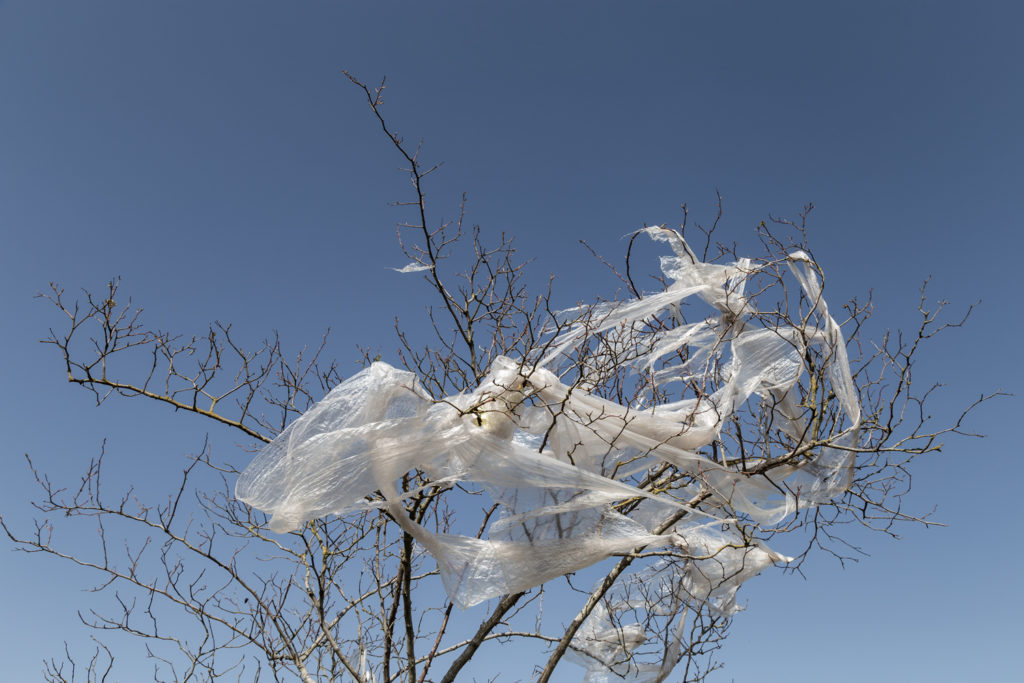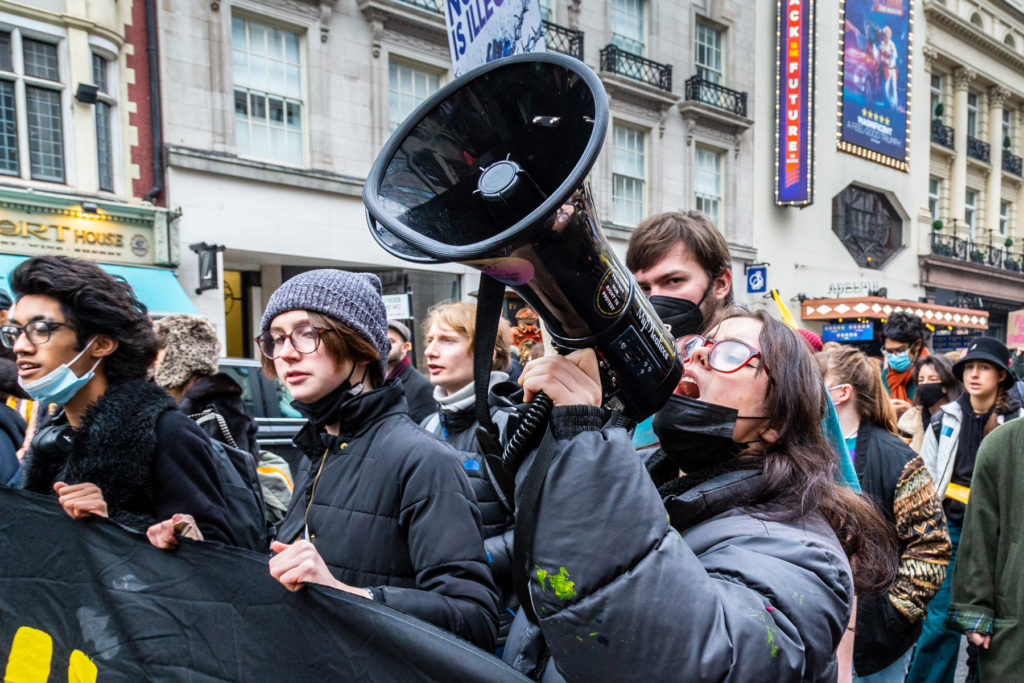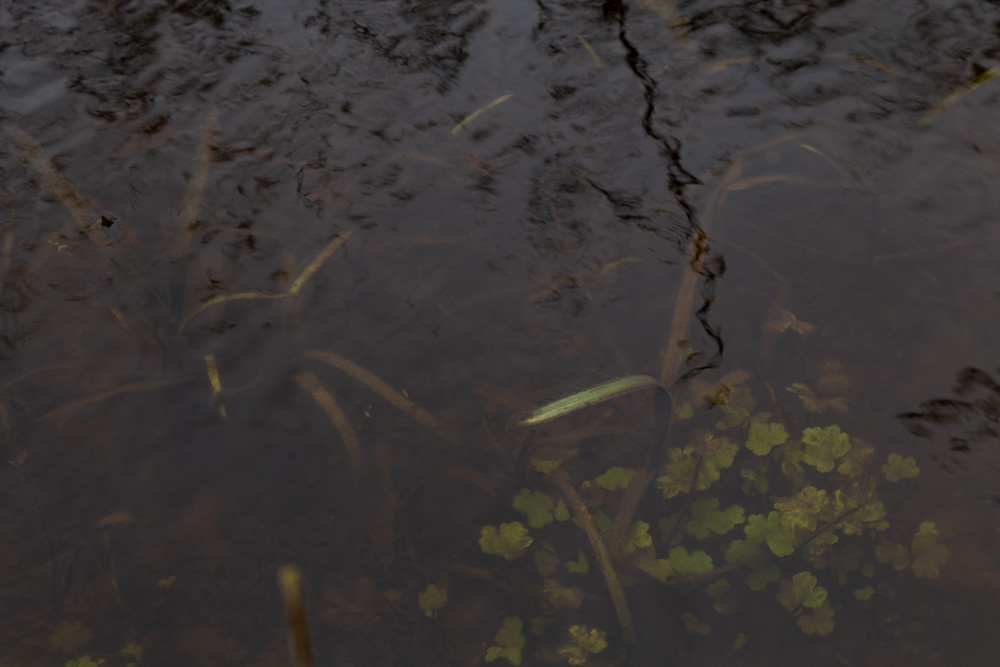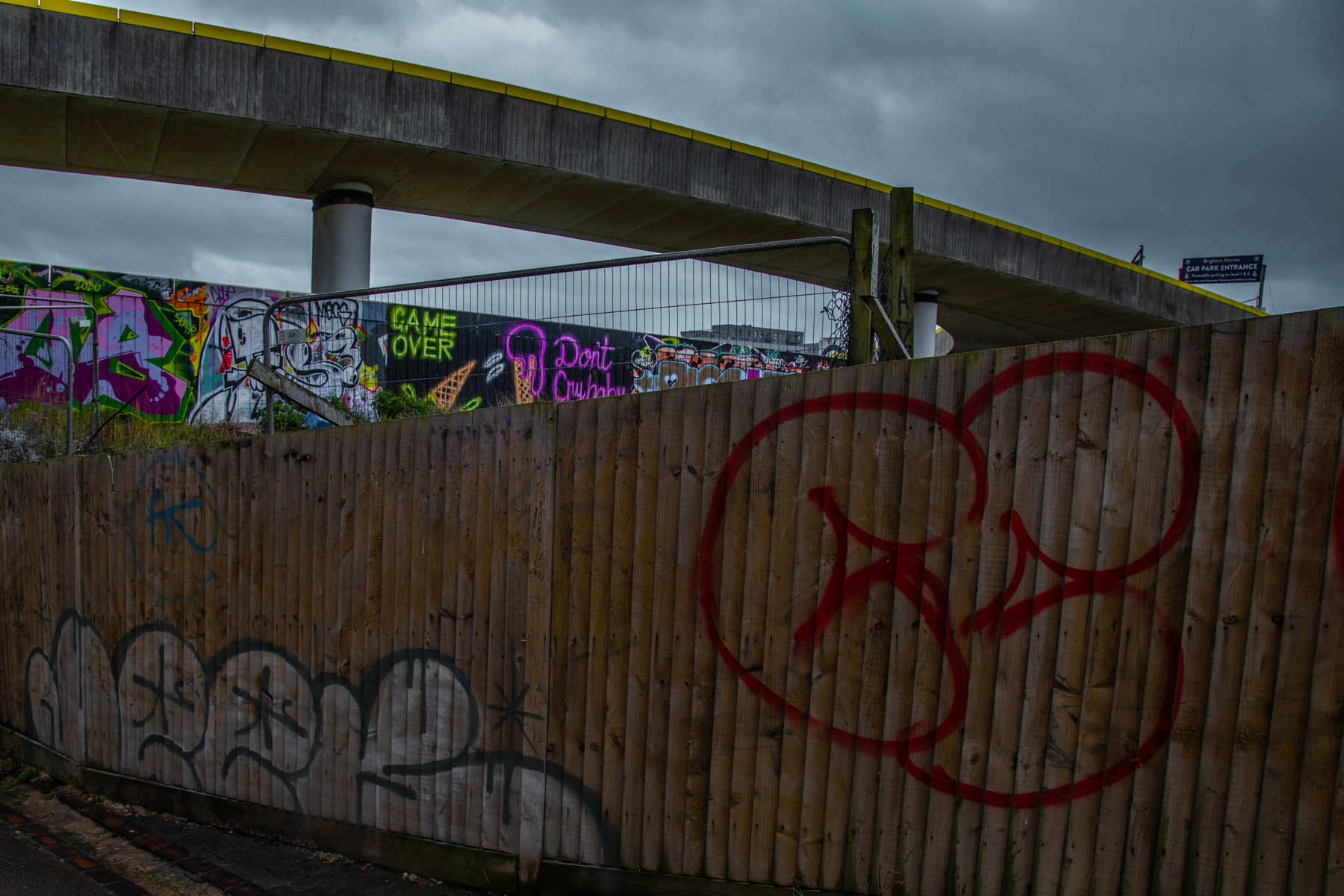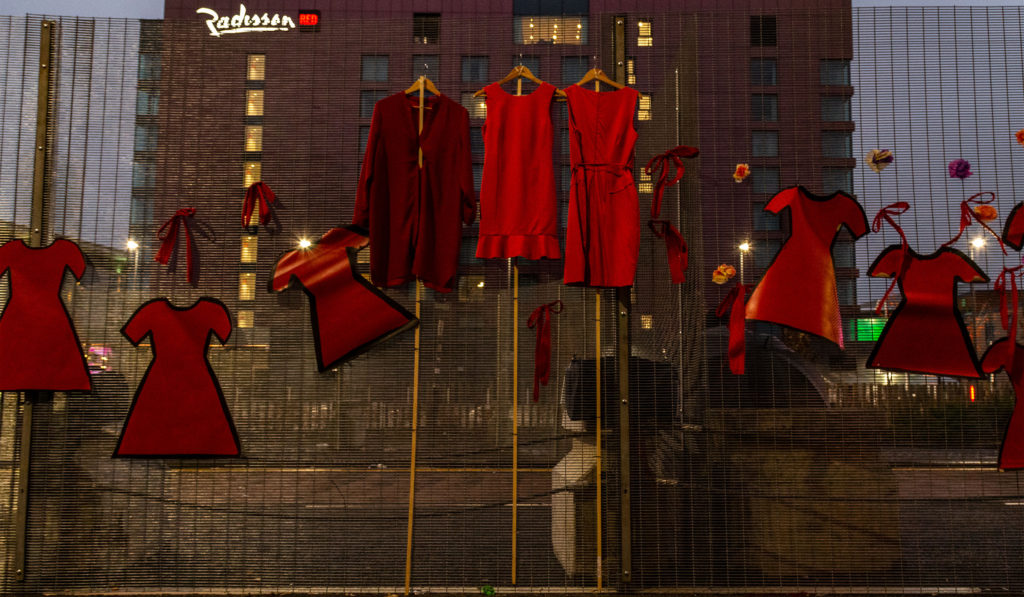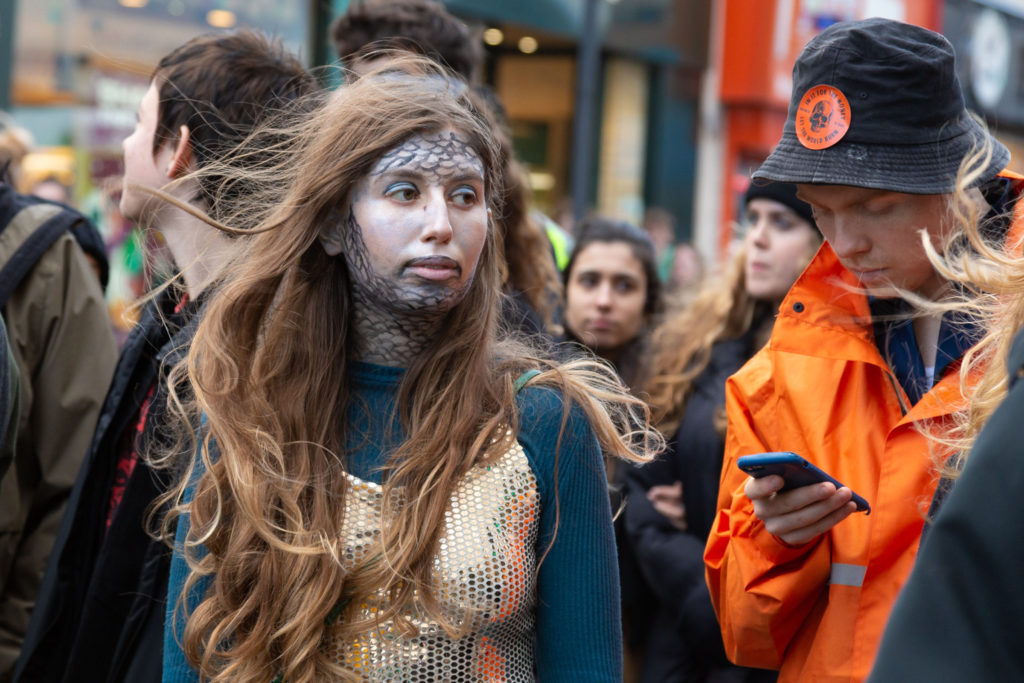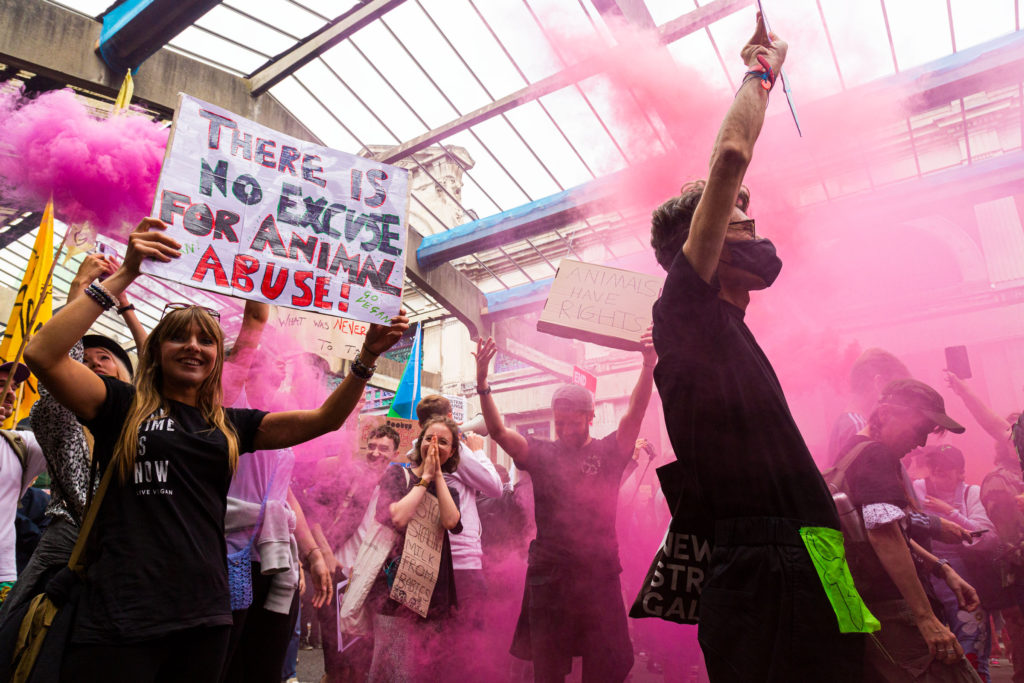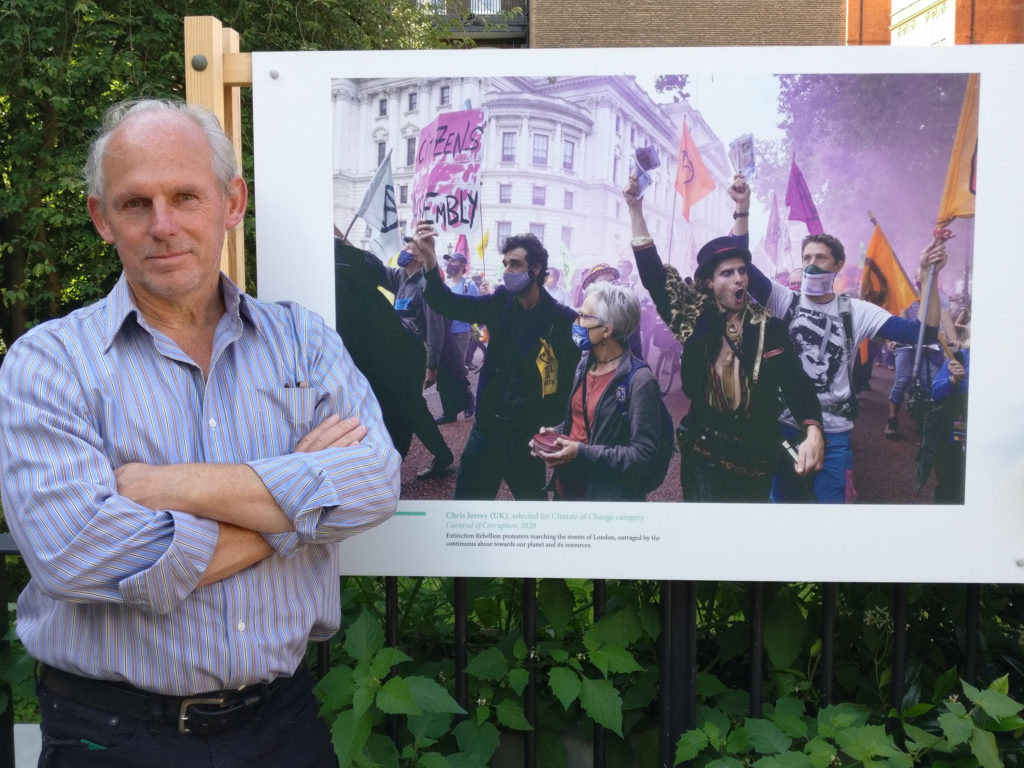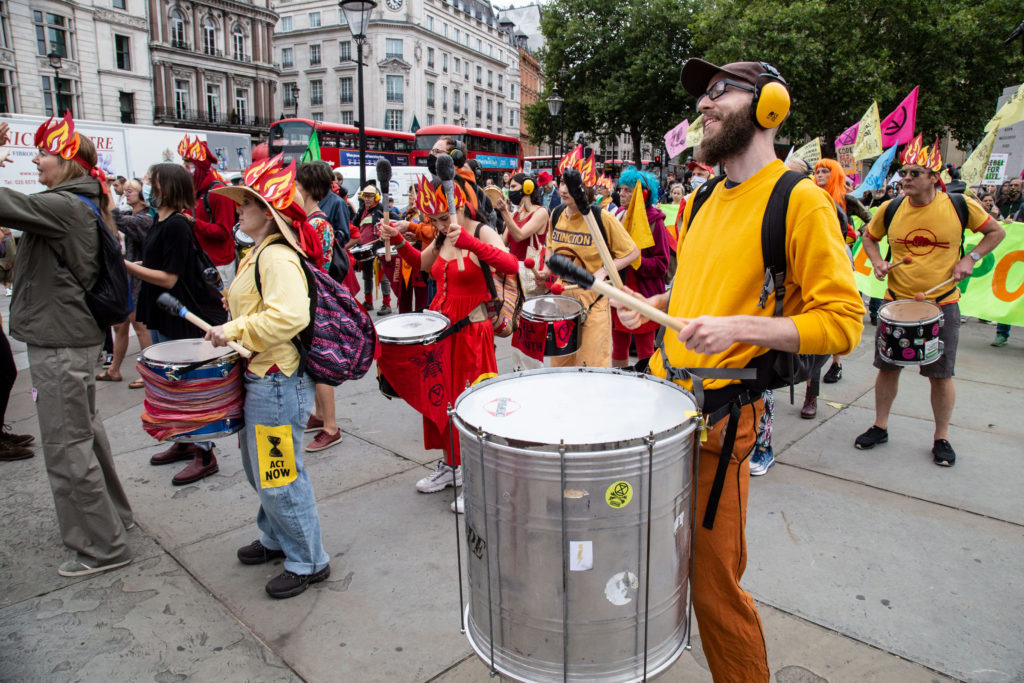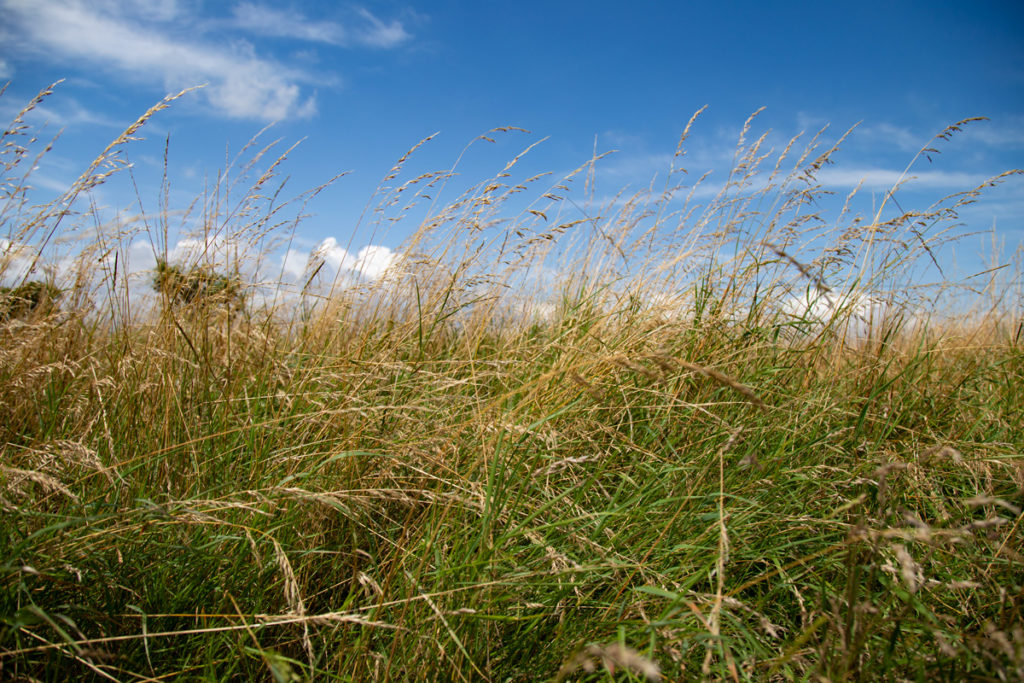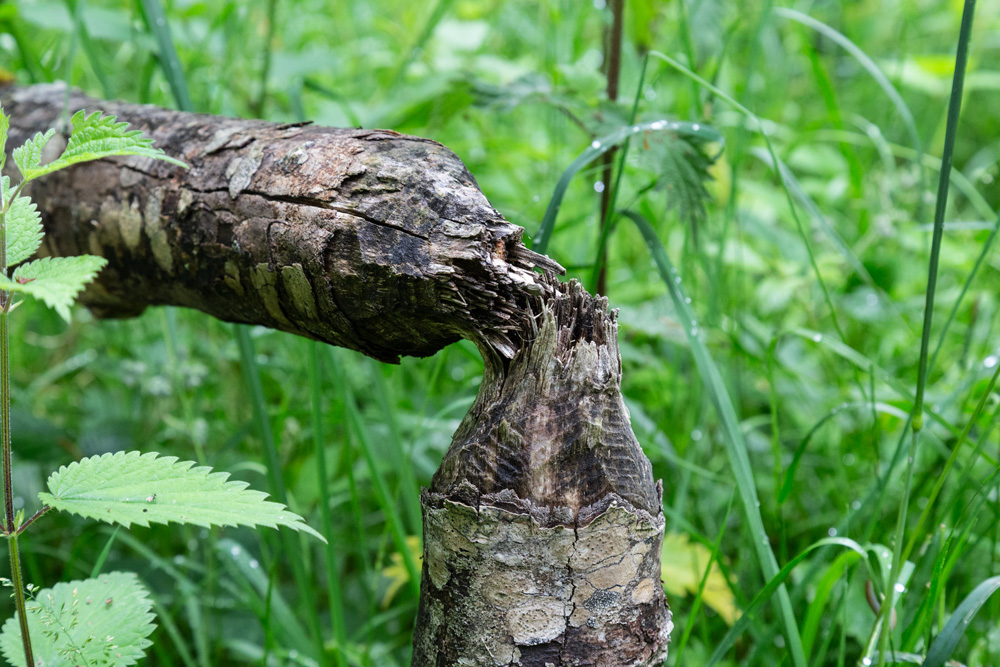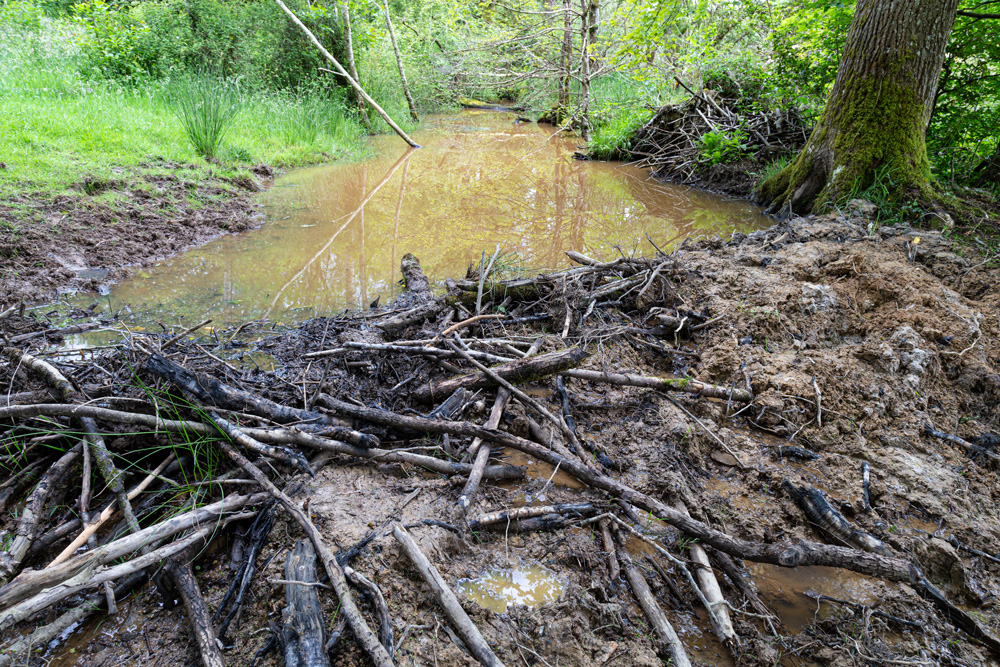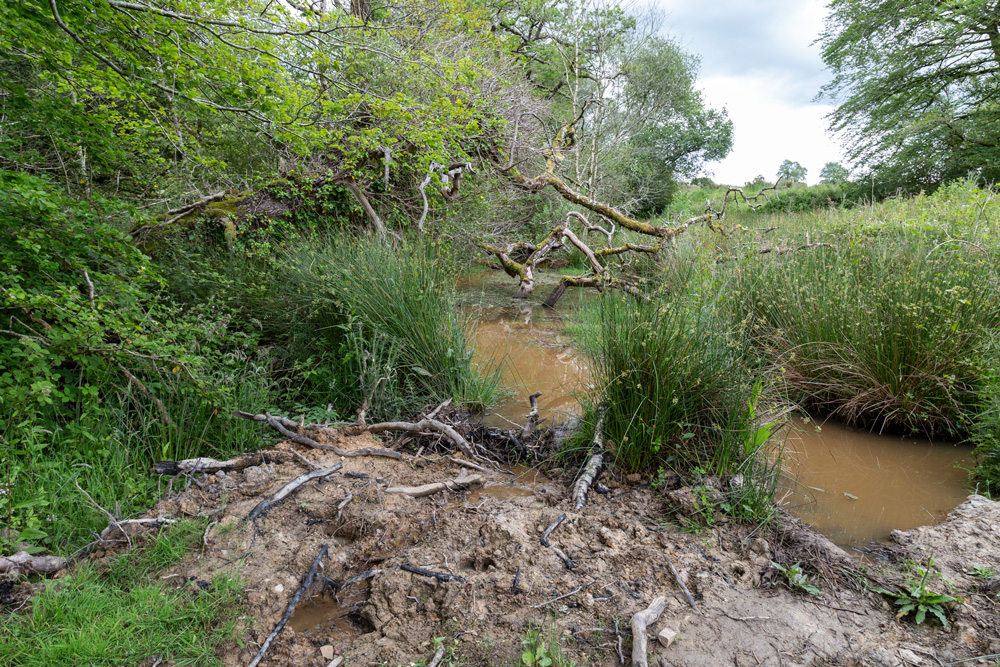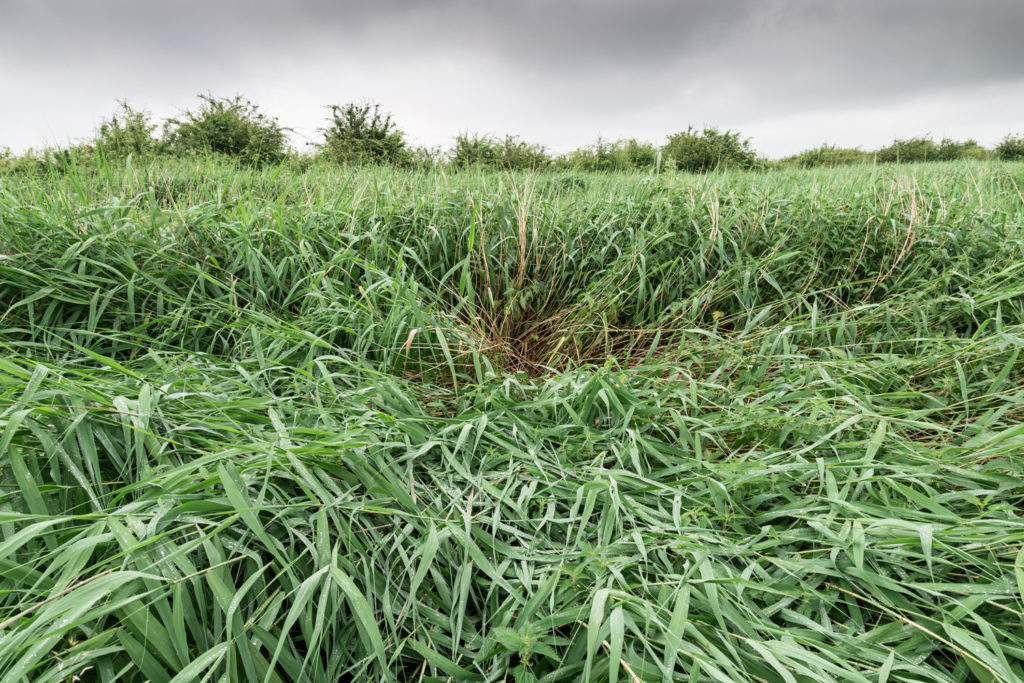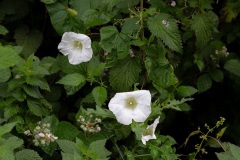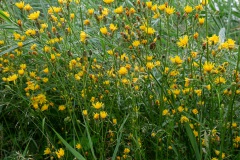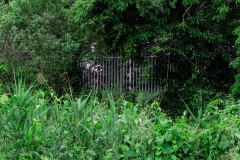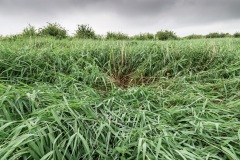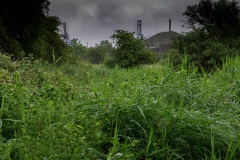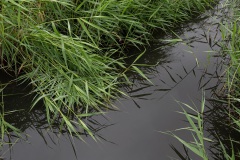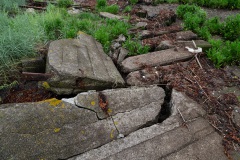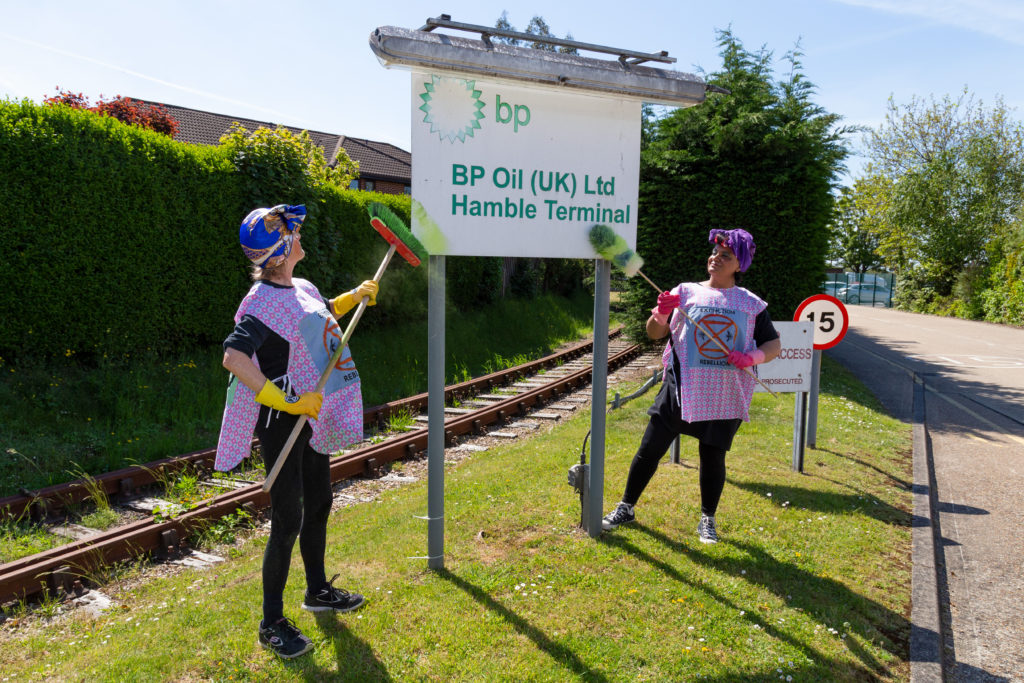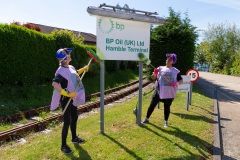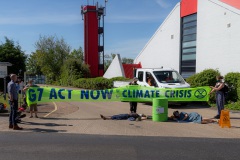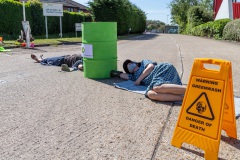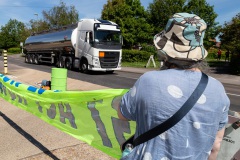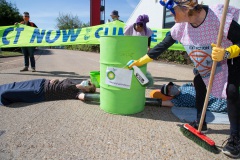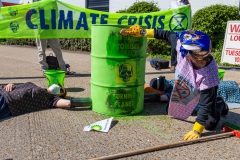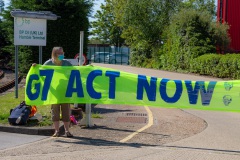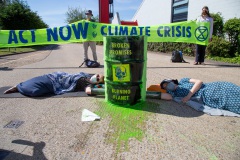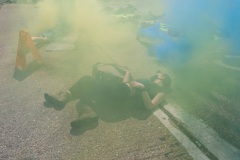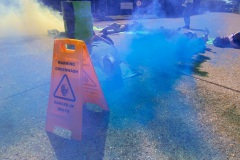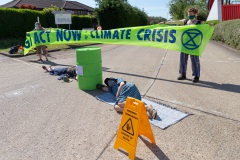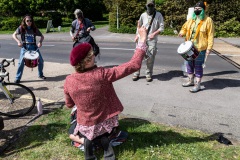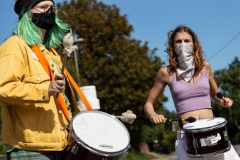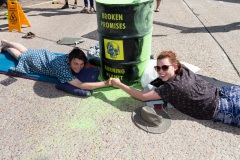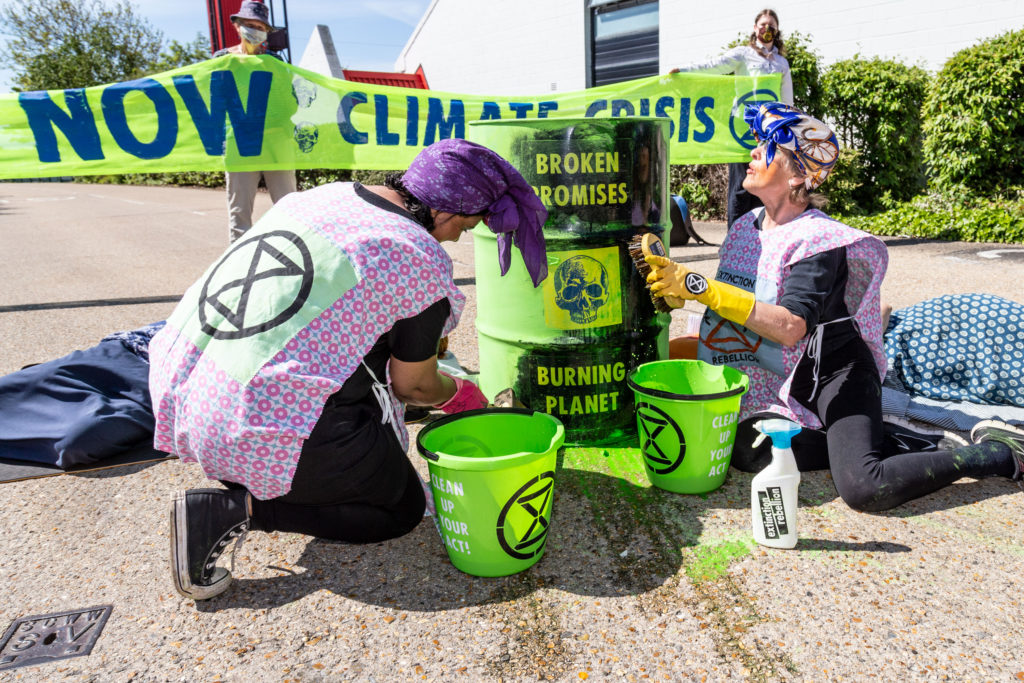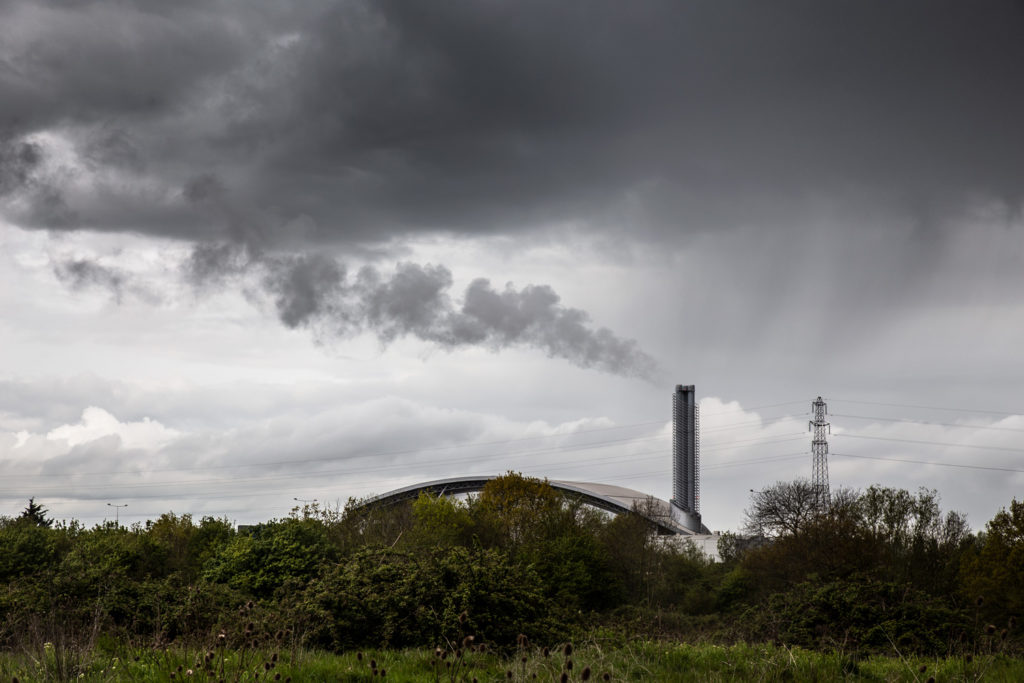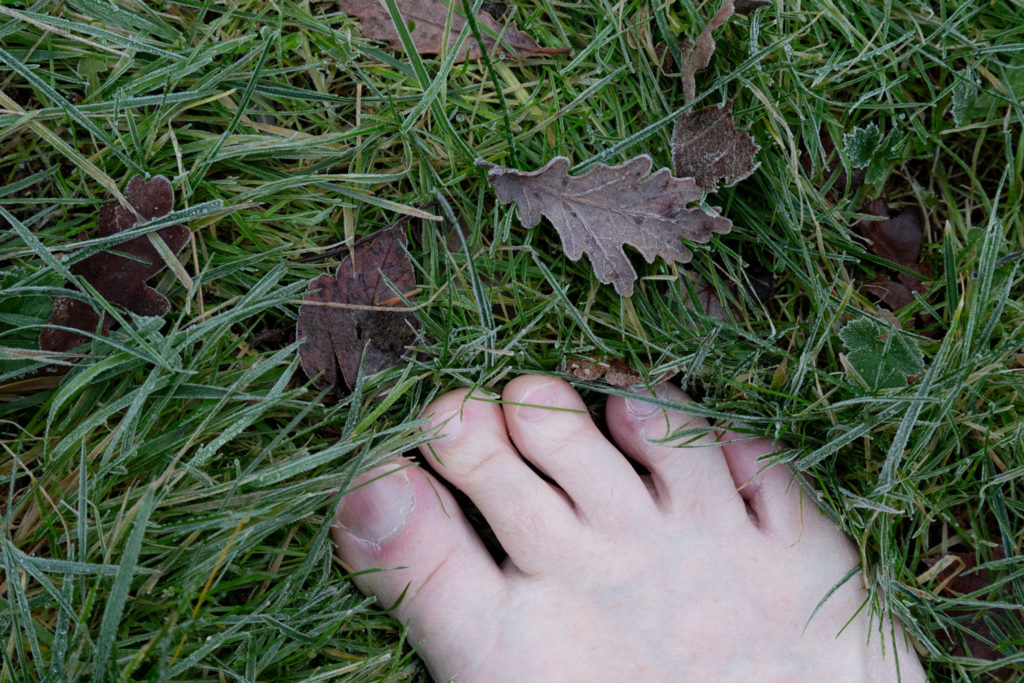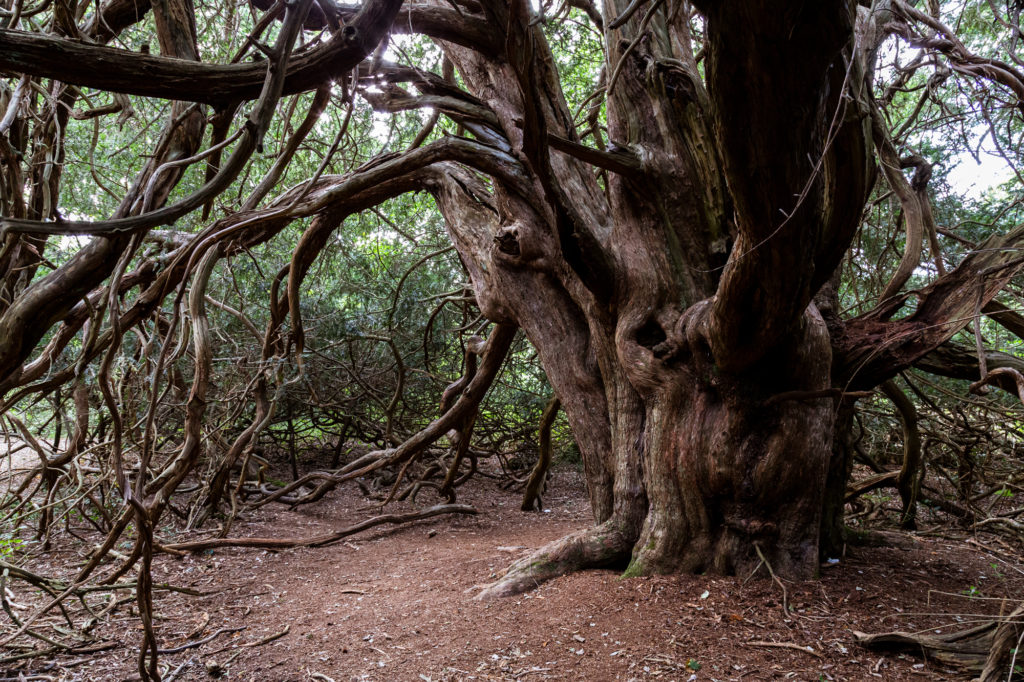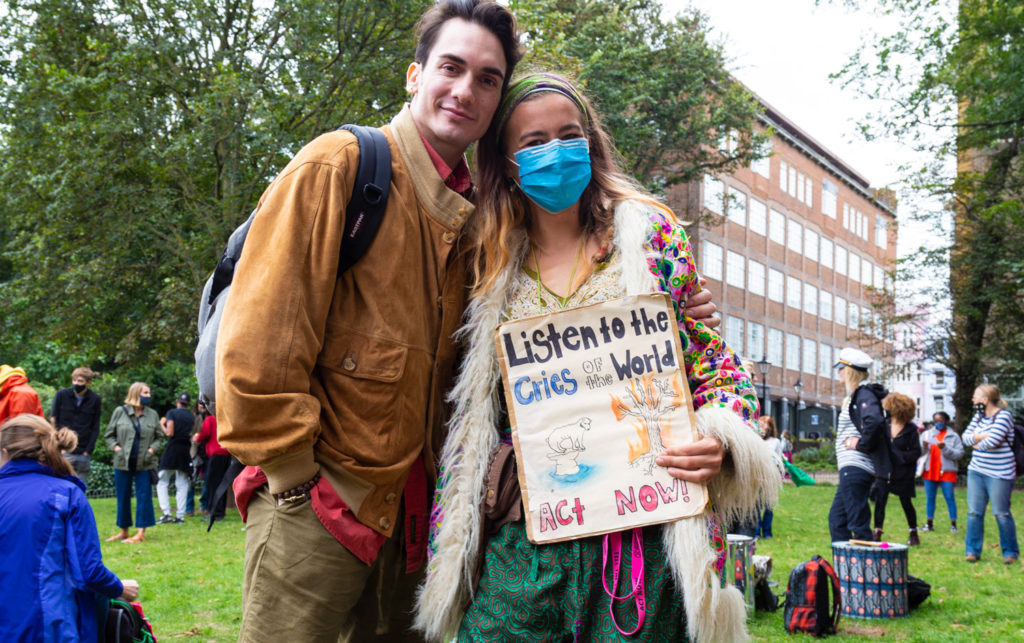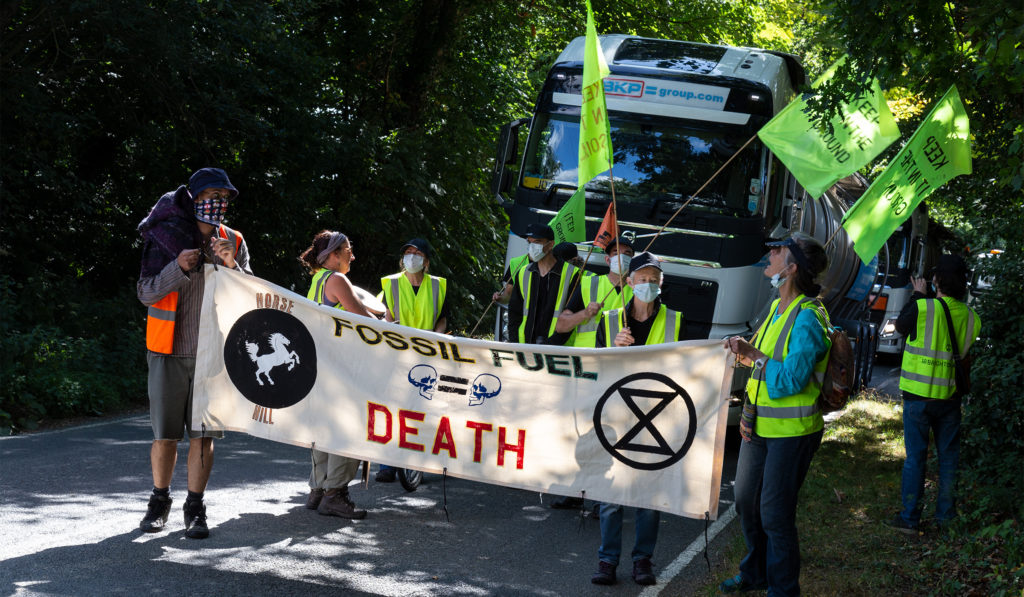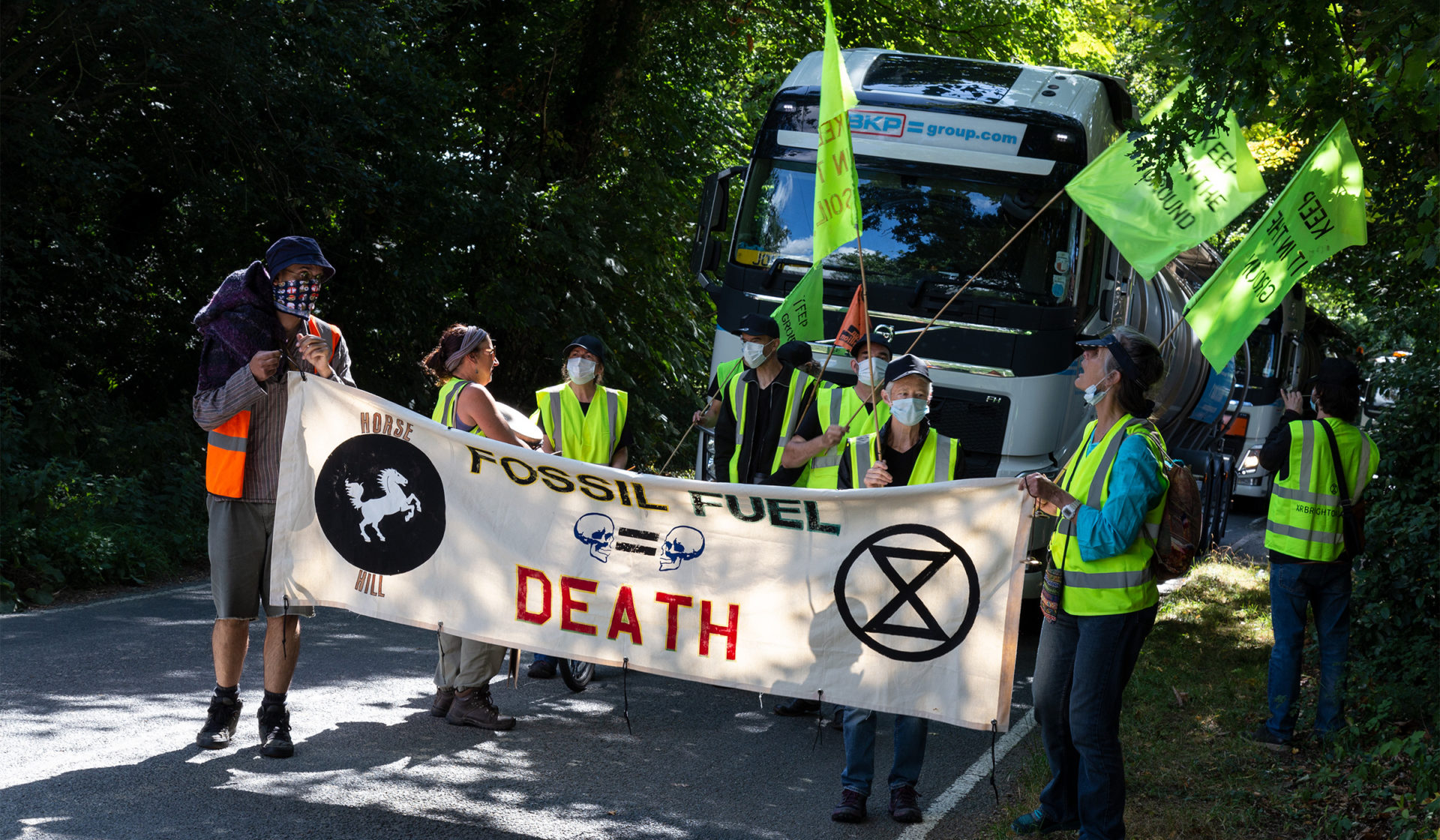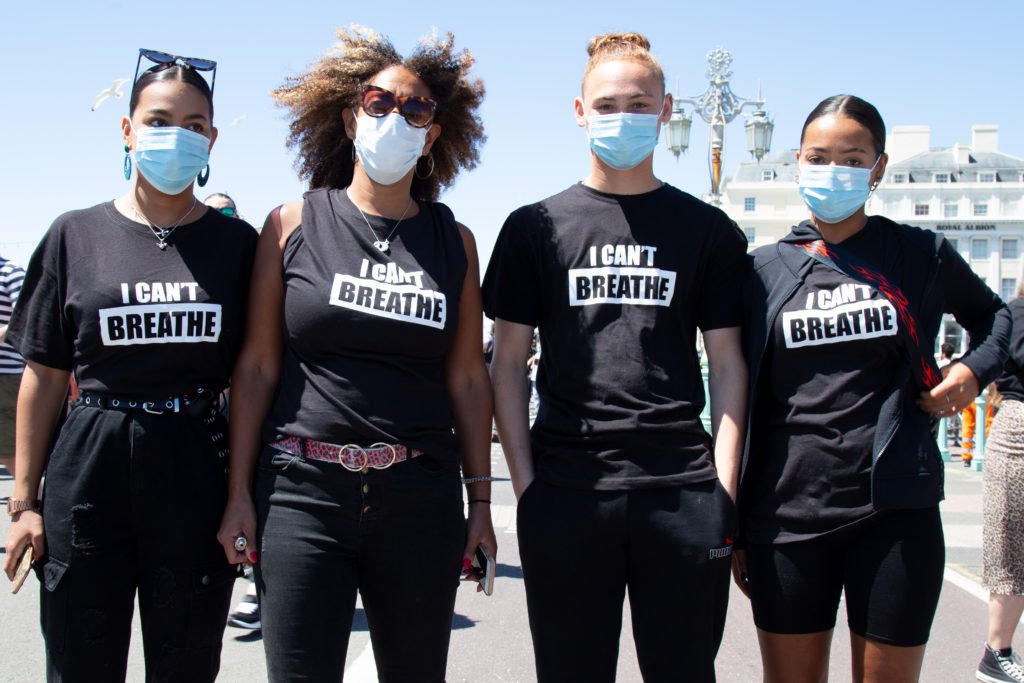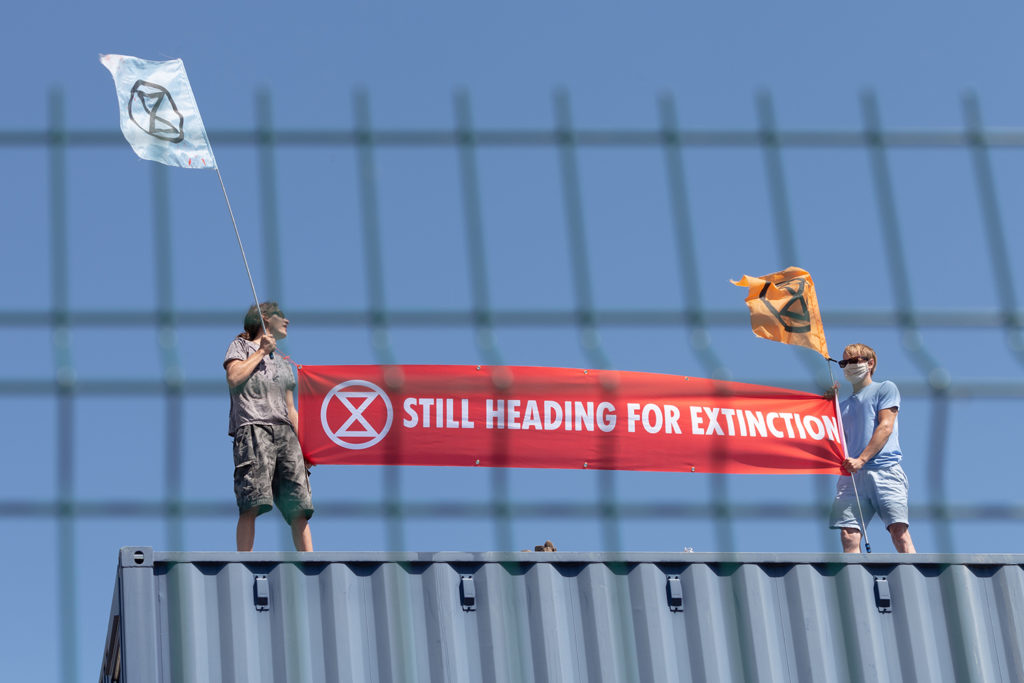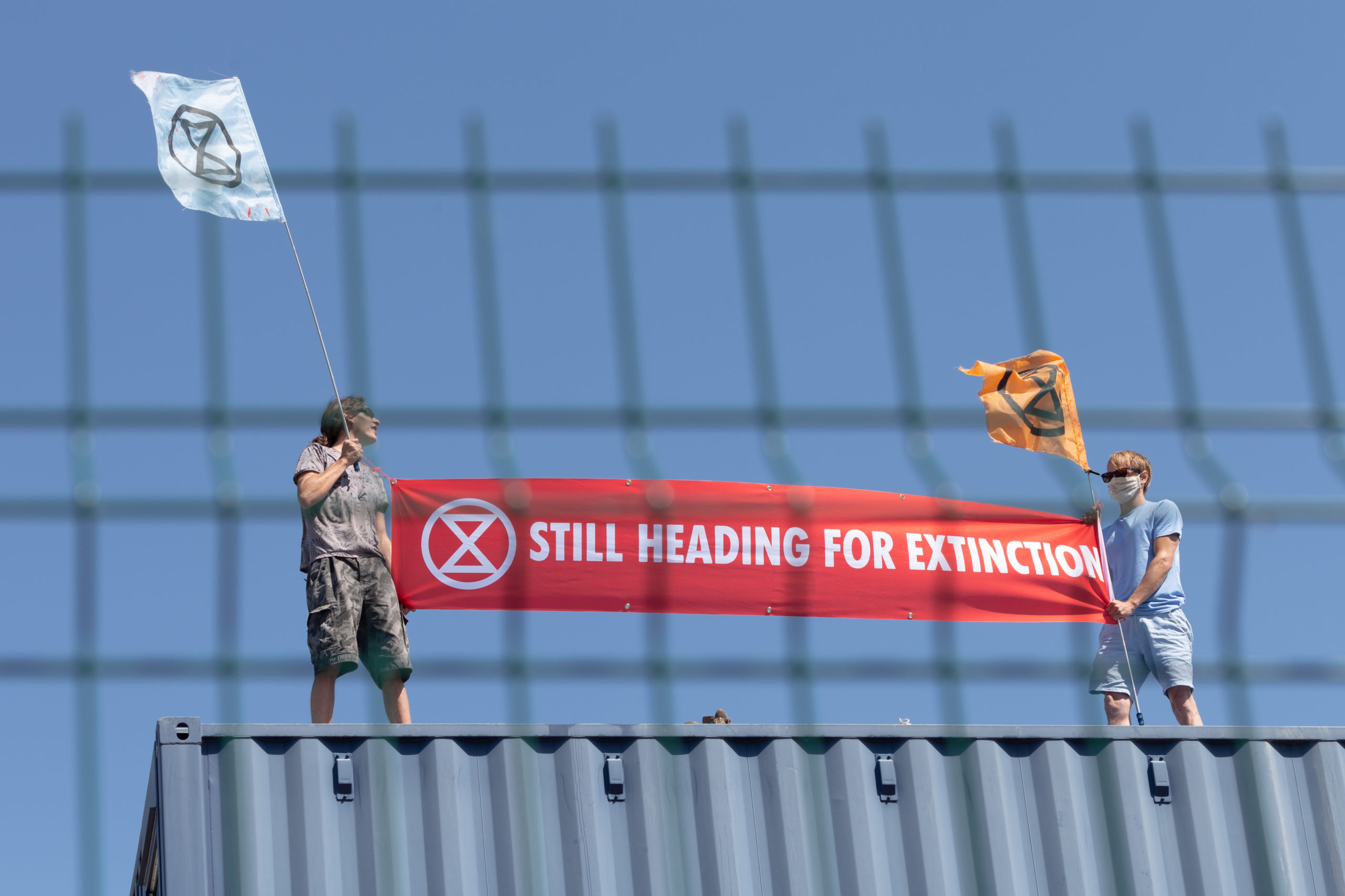“This response we call Uncivilised art, and we are interested in one branch of it in particular: Uncivilised photography. Uncivilised photography is photography which attempts to stand outside of the human bubble and see us as we are: highly evolved apes with an array of talents and abilities which we are unleashing with sufficient thought, control, compassion or intelligence….
… Against the civilising project, which has become the progenitor of ecocide, Uncivilised photography offers not a non-human perspective – we remain human and, even now are not quite ashamed – but a perspective which sees us as one strand of a web rather than the first palanquin in a glorious procession. It offers an unblinking look at the among which we find ourselves”.
Dark Mountain Manifesto https://dark-mountain.net/about/manifesto/
This passage is from “Uncivilisation: The Dark Mountain Manifesto”, page 20. Except that I have substituted ‘uncivilised photography’ for ‘uncivilised writing’ in the original text. My apologies to the authors.
The idea of uncivilised photography intrigues me. Photography is very much a product of the technological, Modern era. The most dedicated person could, like Niépce or Fox-Talbot, build a camera from scratch, but it would require an extensive skill-set. For most photographers, the dependence on equipment is a given, the variables are how the individual expresses themself with these mass-produced tools.
It may become the case that the uncivilisation process takes a path such that photography becomes impossible when the technical support for the equipment is no longer available. I suspect at that stage, I will be more concerned with obtaining food than making art.
But, for now, photography is able to step outside of the world that created it and be the medium of a critical commentary: uncivilised photography.
Such a step is analogous to the changes we need to make as humans. I grew up in the 1960s and 1970s and wanted for nothing. That was the experience of many in Europe and North America. But the world economy that supplied people like me so lavishly has faltered. It has hit the limits of exploitation and disastrously undermined the climate. My gilded early life came at a monumental cost. So now it is up to me and people like me to take a cold, hard look at the world we came from and decide where we are going next.
We must be critical of the culture we came from. It had many failings and we should name them. That criticism should not be limited to rational arguments as that is limited in its reach. We also need to reach out through the arts to engage emotionally. This is why Dark Mountain calls for uncivilised writing and I say, why not uncivilised photography?
Because photography is a visual medium, questions will be asked about what uncivilised photography will look like. Will a picture that is largely out of focus qualify as uncivilised?
Emphatically, no. Cultures that sit outside of ideas of civilisation can still produce precise, functional and beautiful artefacts. Uncivilised photography is more about stepping out of the comfortable place of consumer capitalism and looking critically into that culture instead. It is about looking at the natural, raw and sacred parts of life. It produces images that are timeless because they could have been made at any time. It is about being outside and free of the dominant culture.
The fundamental failing of modernity is its placing of human rationality as the crowning glory of the world. Uncivilised photography and uncivilised writing tell a different story. Of human beings as part of the world, in communion with it and accepting its limitations. Civilisation should be something to be observed with scepticism and with the knowledge that all civilisations fall, usually due to their own hubris.
Uncivilised photography is the inverse of nature photography. Rather than humans looking out to an external nature, uncivilised photography is at one with the world and peers with curiosity at what humans are doing. Humans and their civilisation are oddities, they should be viewed as such.
Humans have been presented with a beautiful, supportive, abundant world and they have proceeded to strip it of everything, even life itself. The world system is capitalism and capitalism values nothing but money. It is absolutely right to step out of this system and turn a critical eye upon it.
“I have seen the invention of human flight; a chief desire of man’s dreaming heart for ten thousand years;
And men have made it the chief of the means of massacre”.
Robinson Jeffers, The World’s Wonders, 1951
